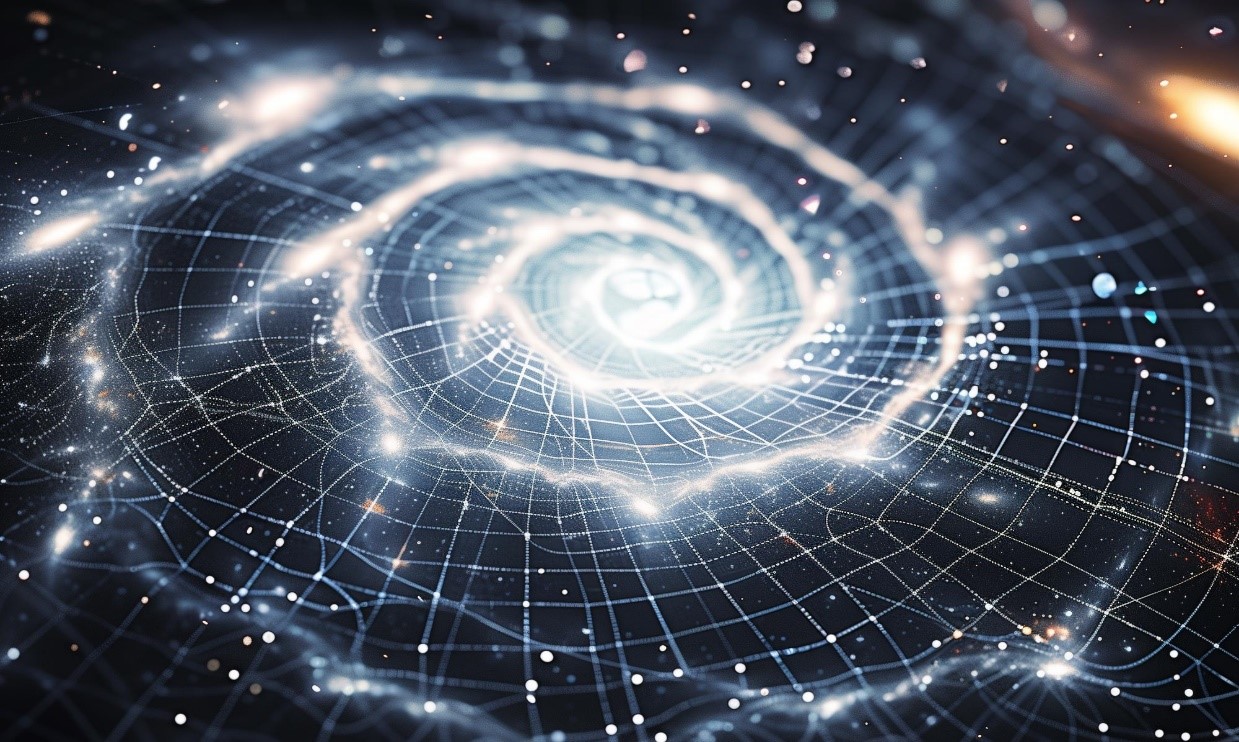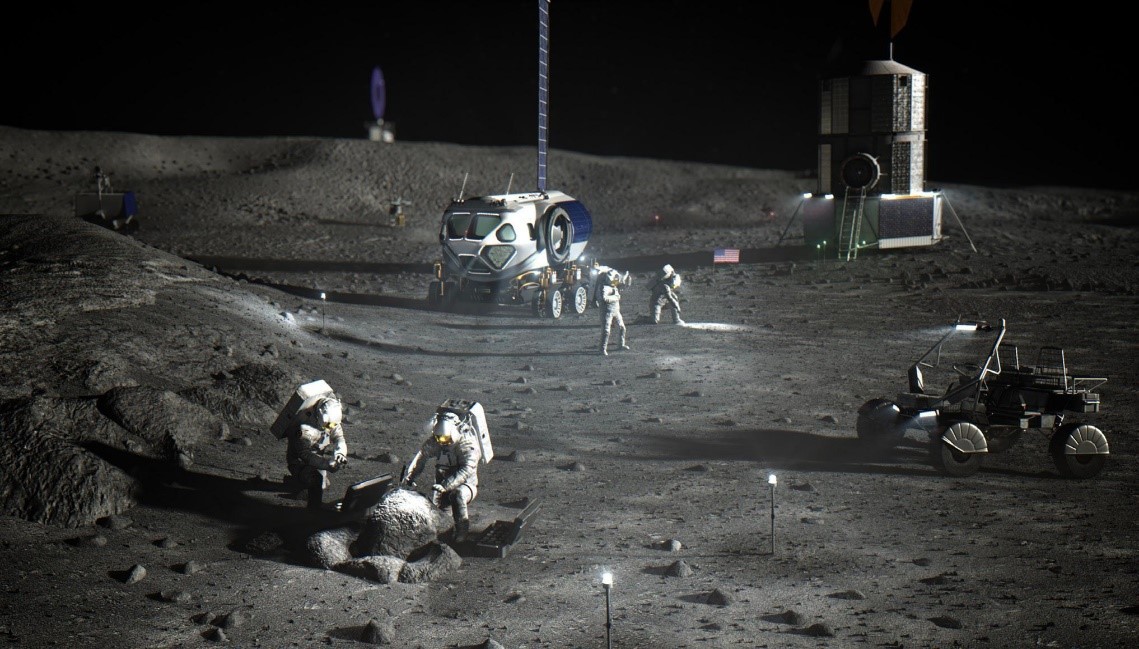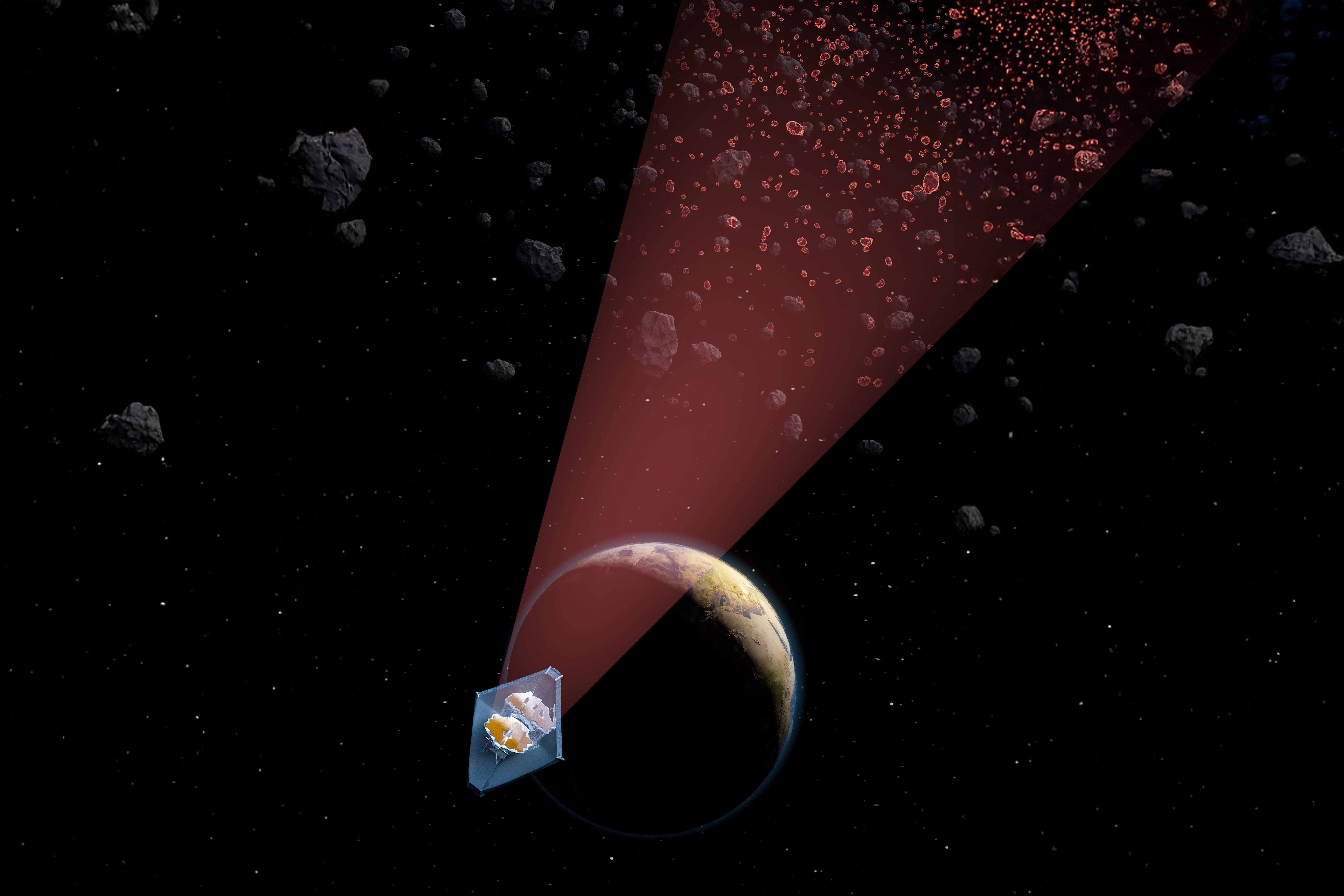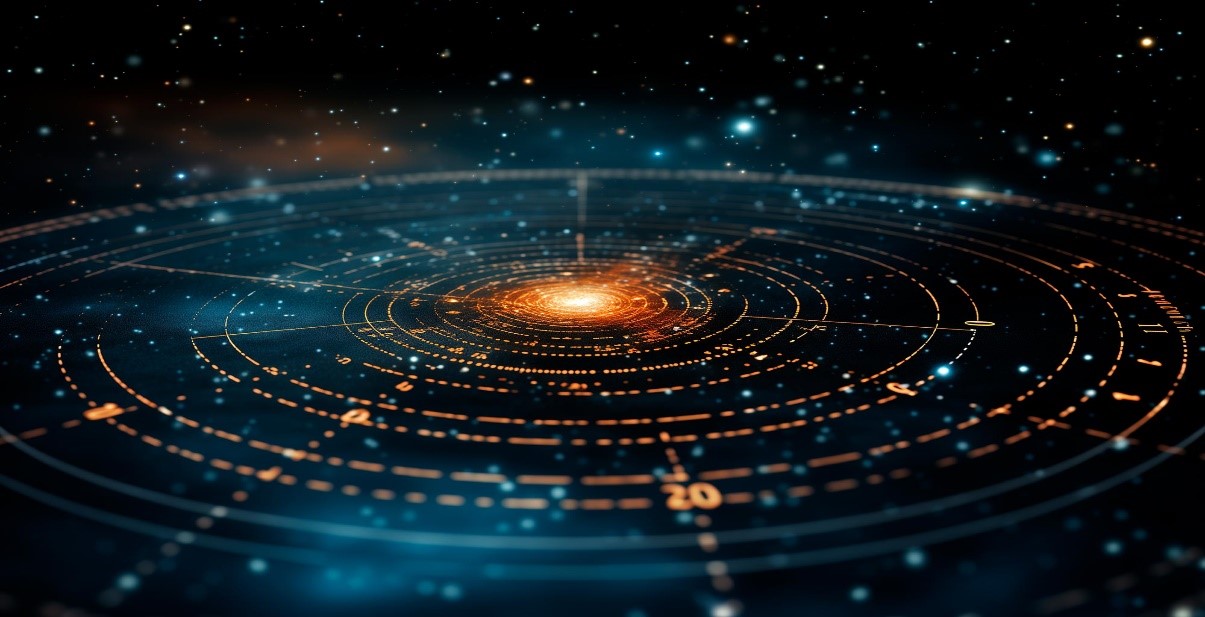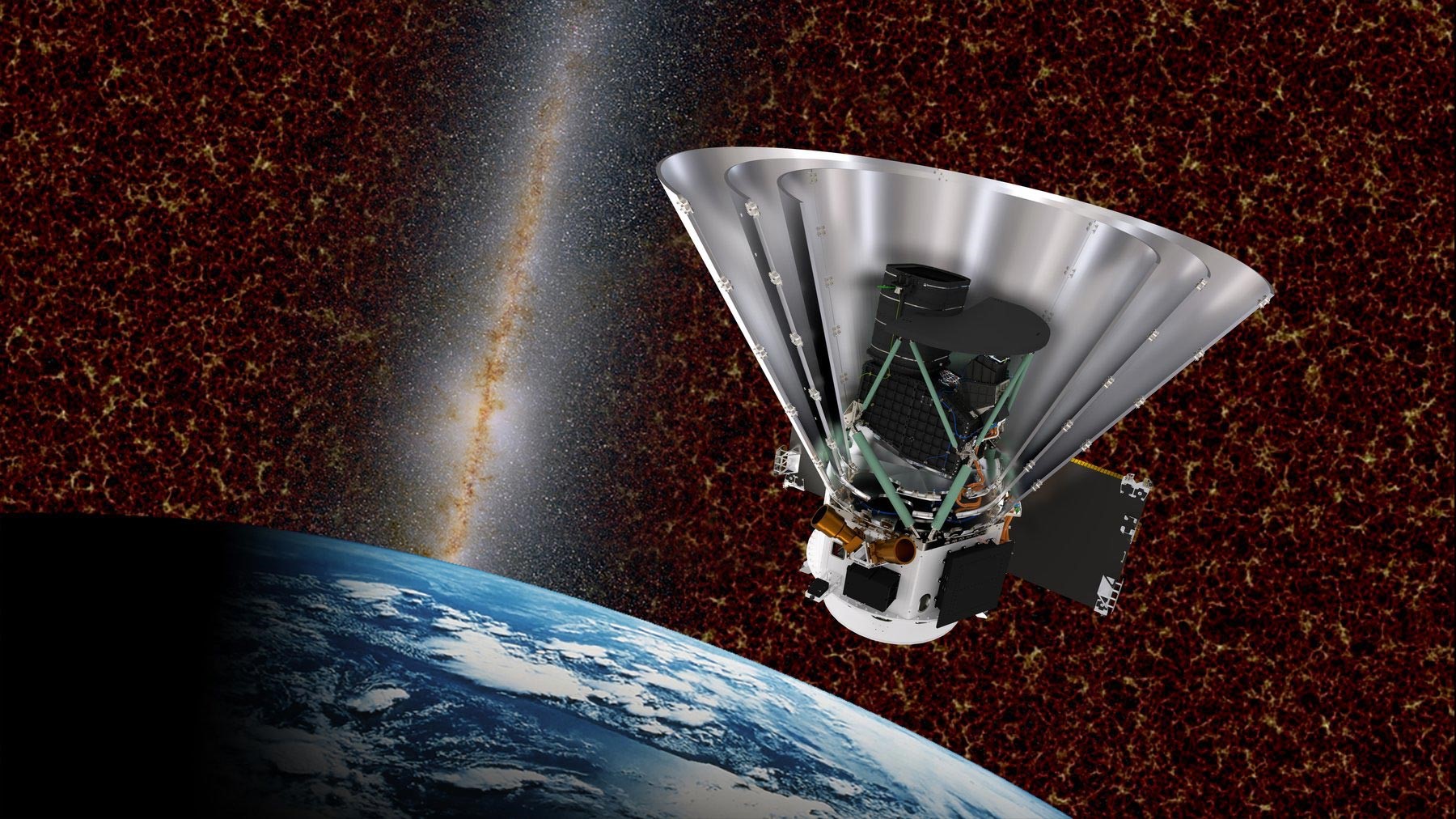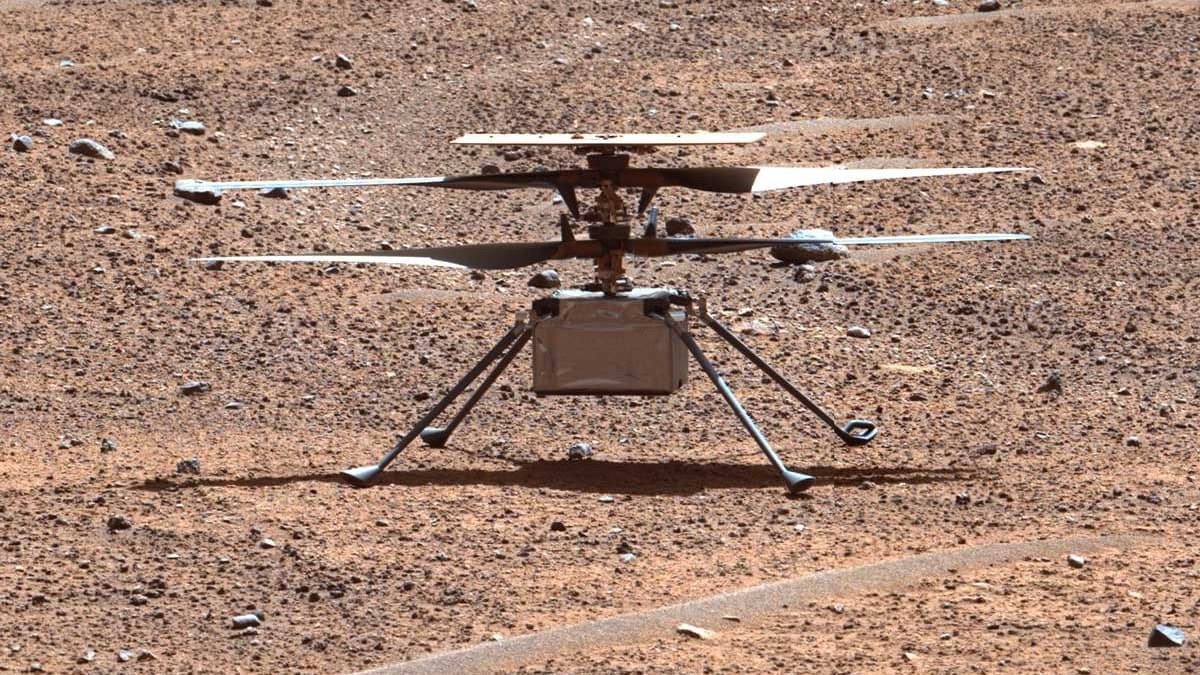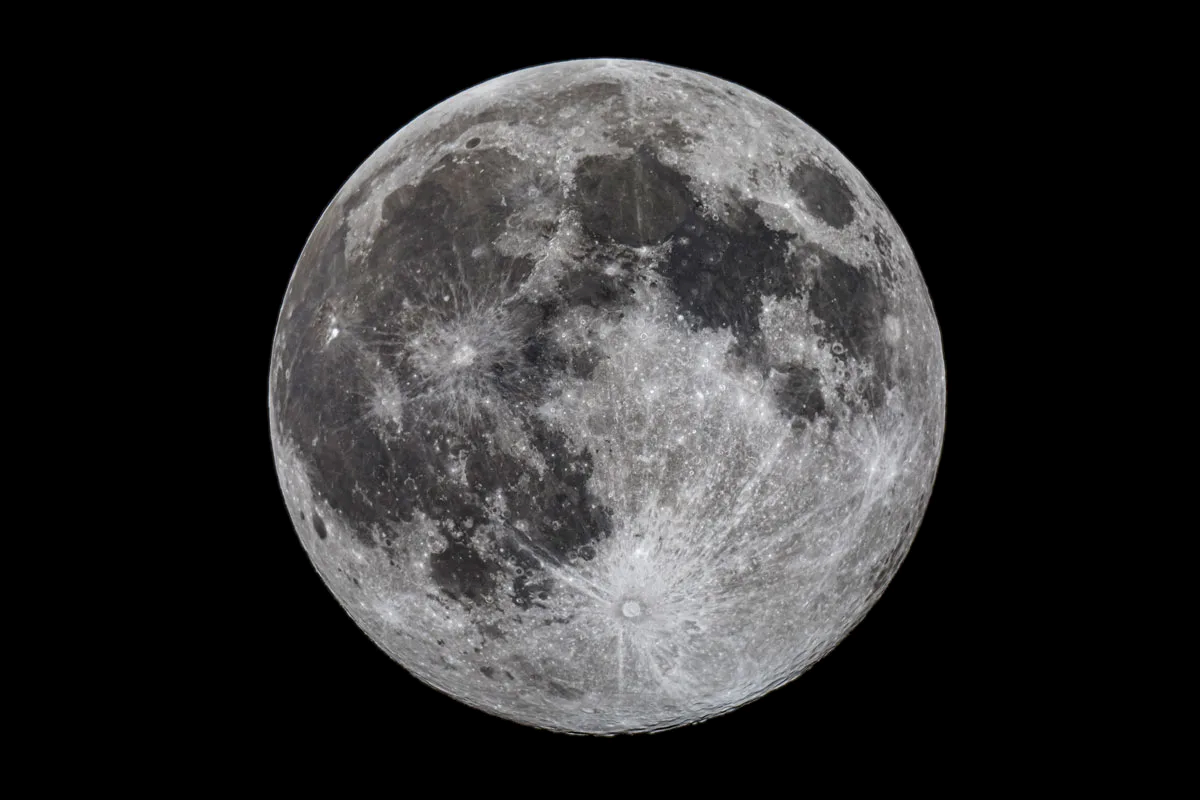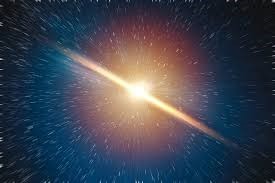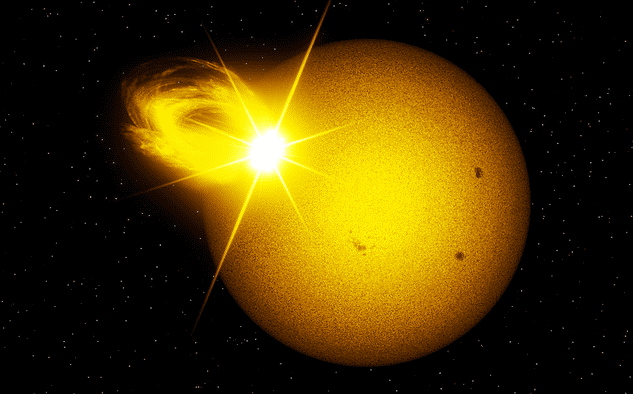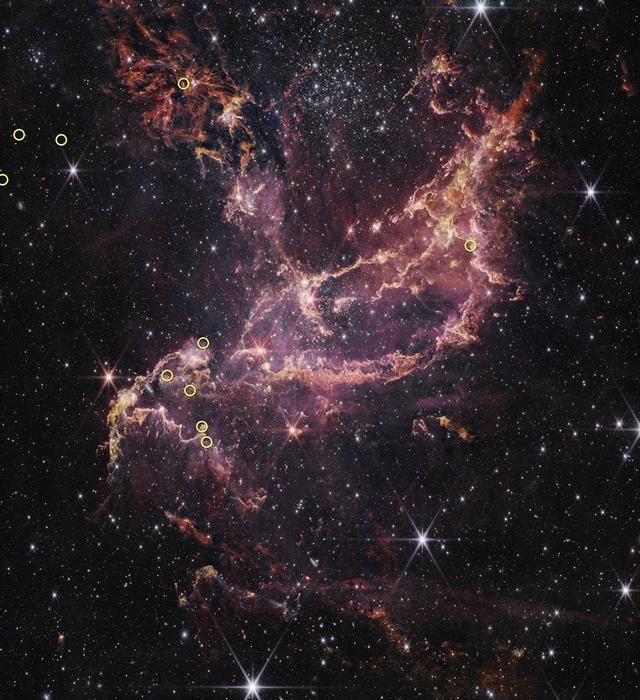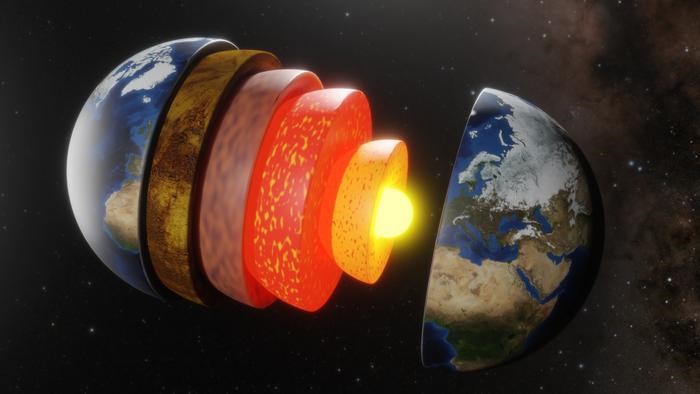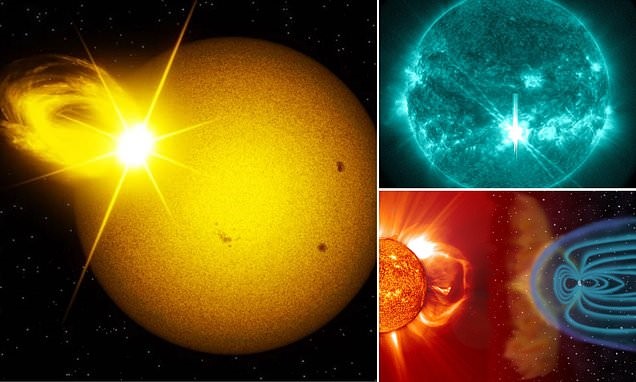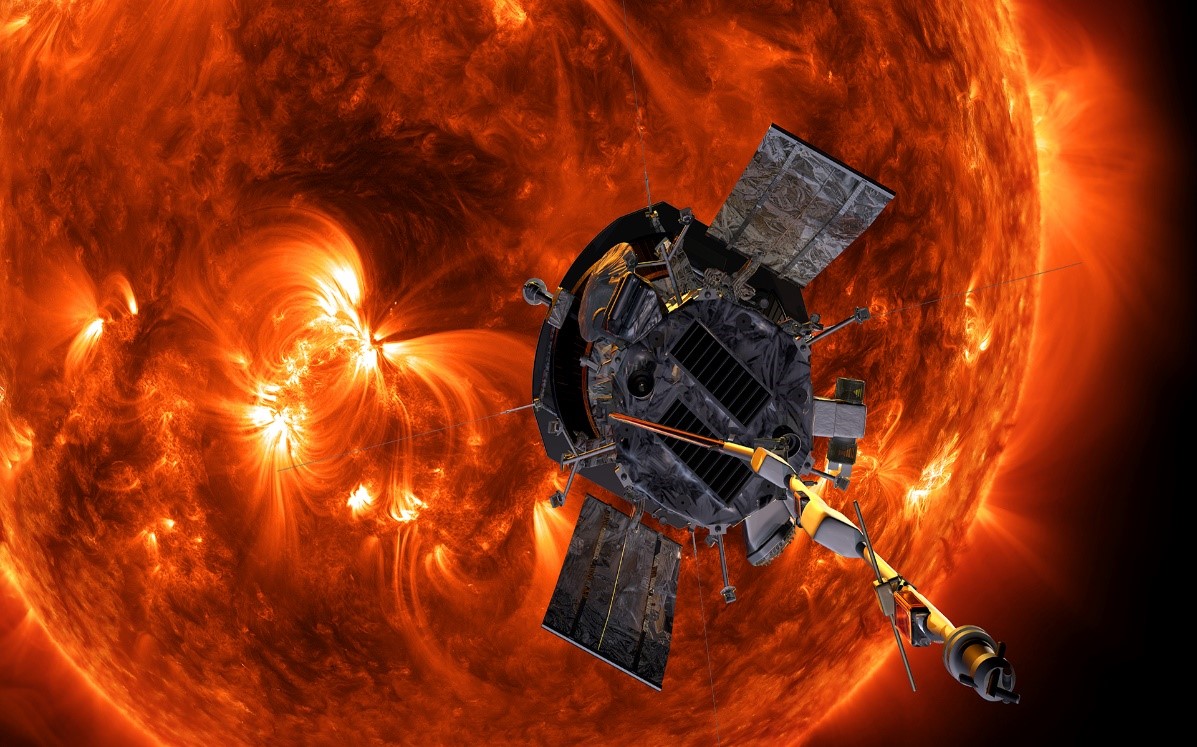Astronomers Surprised by Discovery of a Binary Star Near Our Galaxy's Center
Astronomers have discovered a binary star system near Sagittarius A*, the supermassive black hole at the heart of our galaxy.
These finding challenges prior assumptions, as Sagittarius A* was believed to exert too strong a gravitational pull to permit binary stars to form in such proximity [1]. Remarkably, the two stars are currently orbiting each other, though they are expected to merge within a million years.
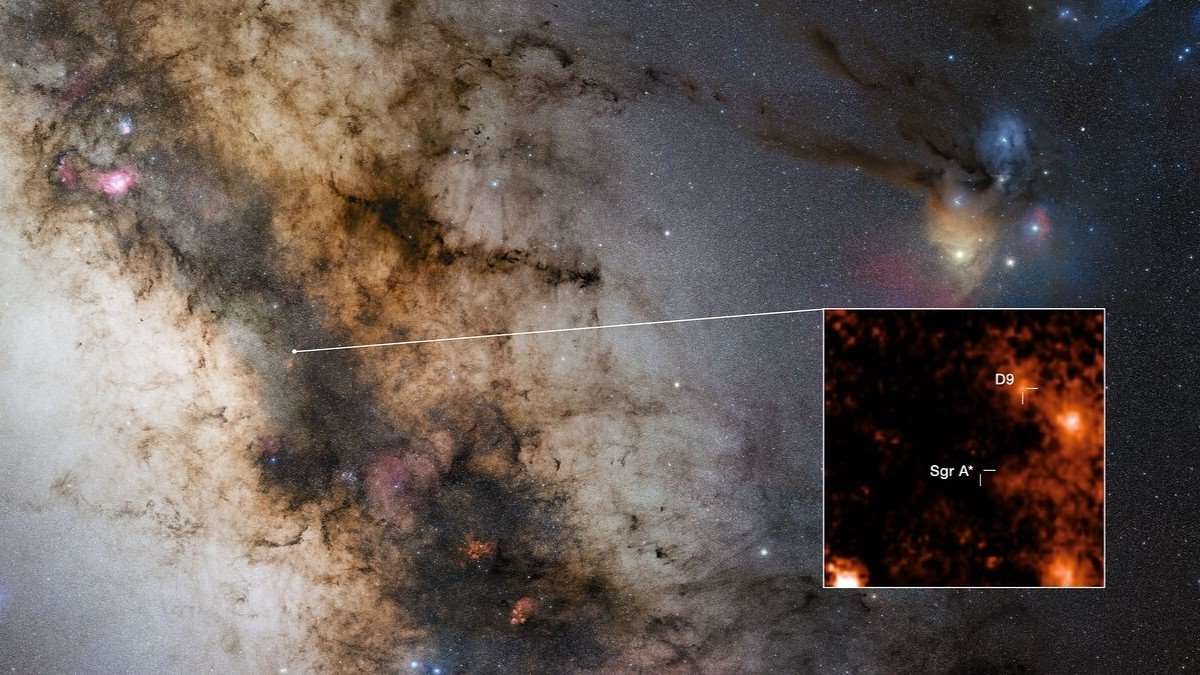
Figure 1. Surprising Binary Star Found Near Galaxy's Center
The discovery, detailed in a paper published in Nature Communications, could aid in the search for planets near Sagittarius A*. Figure 1 shows Surprising Binary Star Found Near Galaxy's Center.
"Black holes are not as destructive as we thought," says lead author Florian Peißker from the University of Cologne, Germany.
The binary star, designated D9, is approximately 2.7 million years old. While the stars are holding their ground for now, the gravity of the black hole will eventually pull them together into a single star.
"This provides only a brief window on cosmic timescales to observe such a binary system — and we succeeded!" says co-author Emma Bordier, also from the University of Cologne.
The team discovered the binary while examining a cluster of stellar objects around Sagittarius A*, known as the S cluster, using the Very Large Telescope.
"The D9 system exhibits clear signs of gas and dust surrounding the stars, indicating it could be a very young stellar system that likely formed near the supermassive black hole," explains co-author Michal Zajaček, a researcher at Masaryk University in Czechia and the University of Cologne.
Initially believed to be a single star, D9 revealed unusual speed variations that didn’t align with the behavior of an individual star.
"I thought that my analysis was wrong," admits Peißker.
"However, the spectroscopic pattern spanned around 15 years, confirming that this is indeed the first binary system observed in the S cluster."
The findings could shed light on other enigmatic features within the S cluster, referred to by astronomers as G objects.
Researchers suggest these objects might be remnants of merged binary stars or binary systems that have yet to merge [2].
"Our discovery allows us to speculate about the presence of planets, as they often form around young stars," says Peißker.
"It seems likely that detecting planets in the Galactic center is only a matter of time."
Reference:
- https://ground.news/article/two-stars-may-be-orbiting-each-other-near-a-supermassive-black-hole-in-our-milky-way-galaxy
- https://cosmosmagazine.com/space/astronomy/binary-star-supermassive-black-hole/
Cite this article:
Janani R (2024), Astronomers Surprised by Discovery of a Binary Star Near Our Galaxy's Center, AnaTechMaz, pp. 150


